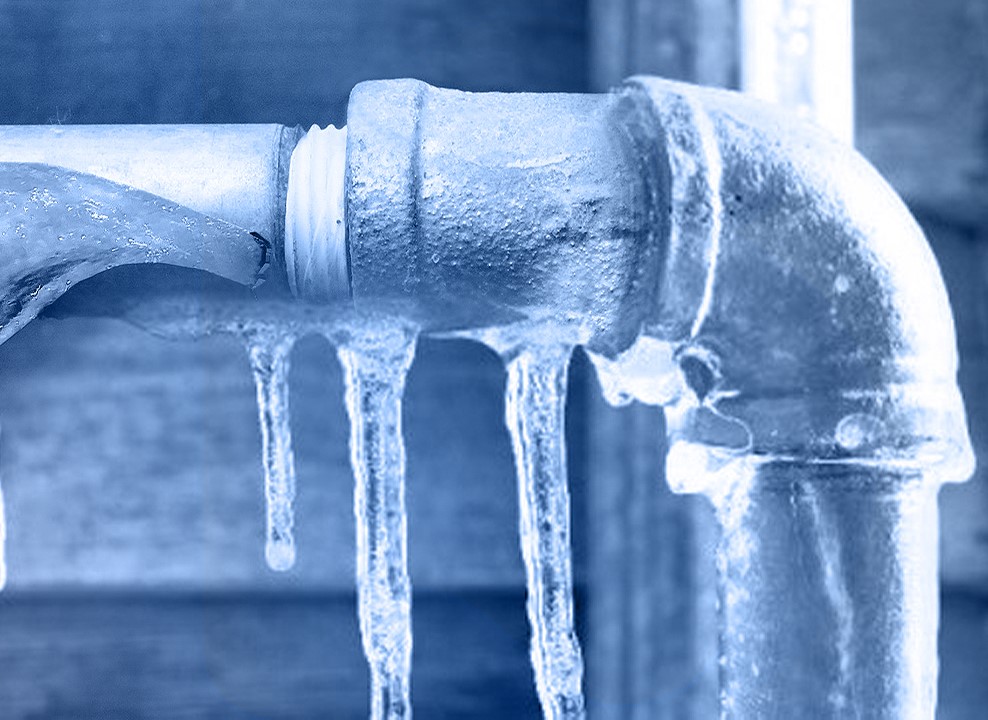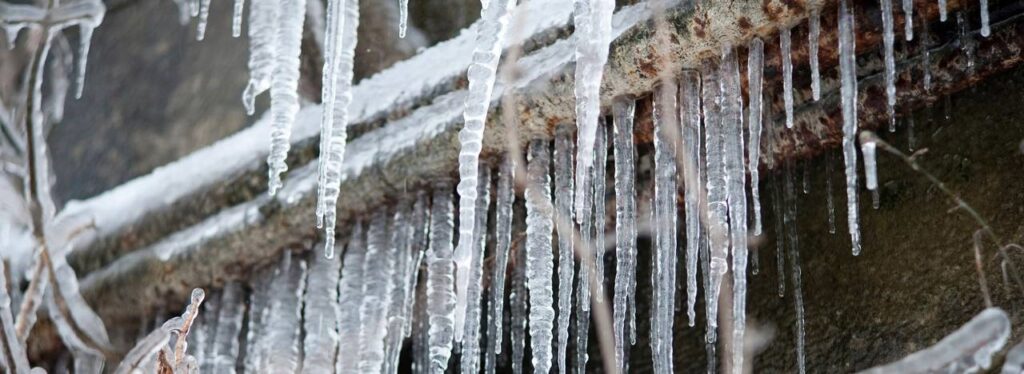Avoiding Pipes from Cold Weather: Top Strategies
Avoiding Pipes from Cold Weather: Top Strategies
Blog Article
Just how do you really feel with regards to Preventing and dealing with frozen pipes?

Winter can wreak havoc on your plumbing, specifically by freezing pipes. Here's exactly how to prevent it from happening and what to do if it does.
Intro
As temperatures decrease, the threat of frozen pipelines increases, possibly leading to costly fixings and water damage. Recognizing exactly how to stop icy pipes is crucial for home owners in chilly environments.
Avoidance Tips
Shielding susceptible pipelines
Cover pipelines in insulation sleeves or make use of warmth tape to safeguard them from freezing temperatures. Focus on pipes in unheated or outside locations of the home.
Home heating methods
Maintain interior areas sufficiently heated, specifically locations with plumbing. Open up cabinet doors to allow warm air to flow around pipes under sinks.
Exactly how to recognize icy pipes
Look for lowered water circulation from taps, uncommon odors or sounds from pipes, and visible frost on subjected pipelines.
Long-Term Solutions
Structural changes
Think about rerouting pipes far from exterior walls or unheated areas. Include added insulation to attics, cellars, and crawl spaces.
Updating insulation
Purchase top notch insulation for pipelines, attic rooms, and walls. Proper insulation aids maintain regular temperatures and minimizes the risk of icy pipes.
Shielding Outside Pipes
Garden hose pipes and exterior taps
Detach and drain pipes garden pipes prior to wintertime. Install frost-proof spigots or cover outside taps with insulated caps.
Comprehending Icy Pipes
What triggers pipelines to ice up?
Pipes freeze when subjected to temperature levels below 32 ° F (0 ° C) for expanded durations. As water inside the pipelines ices up, it broadens, putting pressure on the pipeline wall surfaces and potentially triggering them to burst.
Dangers and damages
Frozen pipelines can bring about water interruptions, residential or commercial property damage, and costly repair services. Ruptured pipes can flooding homes and cause substantial structural damage.
Indicators of Frozen Water Lines
Determining icy pipelines early can avoid them from bursting.
What to Do If Your Pipes Freeze
Immediate activities to take
If you presume frozen pipelines, maintain faucets open to eliminate stress as the ice melts. Utilize a hairdryer or towels taken in hot water to thaw pipelines slowly.
Verdict
Protecting against frozen pipes needs aggressive actions and fast responses. By comprehending the causes, indications, and safety nets, home owners can protect their pipes during cold weather.
5 Ways to Prevent Frozen Pipes
Drain Outdoor Faucets and Disconnect Hoses
First, close the shut-off valve that controls the flow of water in the pipe to your outdoor faucet. Then, head outside to disconnect and drain your hose and open the outdoor faucet to allow the water to completely drain out of the line. Turn off the faucet when done. Finally, head back to the shut-off valve and drain the remaining water inside the pipe into a bucket or container. Additionally, if you have a home irrigation system, you should consider hiring an expert to clear the system of water each year.
Insulate Pipes
One of the best and most cost-effective methods for preventing frozen water pipes is to wrap your pipes with insulation. This is especially important for areas in your home that aren’t exposed to heat, such as an attic. We suggest using foam sleeves, which can typically be found at your local hardware store.
Keep Heat Running at 65
Your pipes are located inside your walls, and the temperature there is much colder than the rest of the house. To prevent your pipes from freezing, The Insurance Information Institute suggests that you keep your home heated to at least 65 degrees, even when traveling. You may want to invest in smart devices that can keep an eye on the temperature in your home while you’re away.
Leave Water Dripping
Moving water — even a small trickle — can prevent ice from forming inside your pipes. When freezing temps are imminent, start a drip of water from all faucets that serve exposed pipes. Leaving a few faucets running will also help relieve pressure inside the pipes and help prevent a rupture if the water inside freezes.
Open Cupboard Doors
Warm your kitchen and bathroom pipes by opening cupboards and vanities. You should also leave your interior doors ajar to help warm air circulate evenly throughout your home.

I was shown that report on How To Avoid Freezing Pipes through a pal on our other blog. In case you enjoyed reading our blog posting if you please consider to pass it around. I recognize the value of your readership.
Schedule Your Job Now Report this page